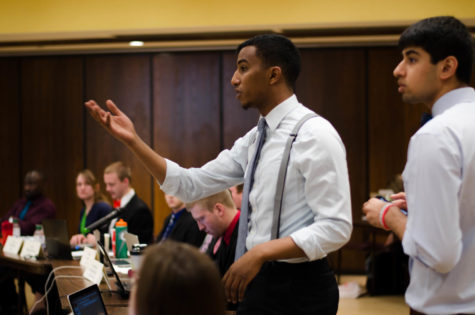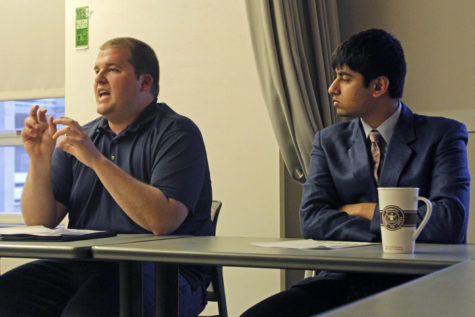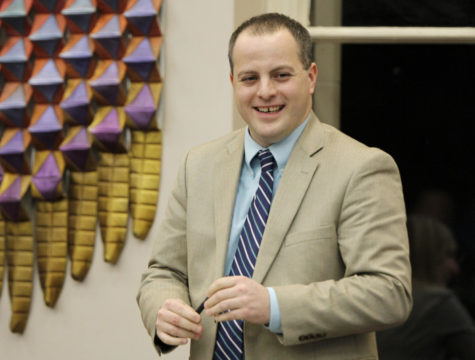Crows fly, students flee
February 28, 2001
It’s everywhere. Off-white splatters on sidewalks and streets. Students run and duck from the screeching noises above. The crows have taken over this winter once again.”I was out running on a trail southeast of campus, just out for a nice afternoon jog, when all the sudden I felt this plop on my head,” said Sarah Mitchell, sophomore in anthropology. “I was hoping it was a seed from a tree or something. I reached up in my hair and all I felt was wetness. I still had to run five more miles with poop on my hand and in my hair.”While she has recovered from her crow experience, Mitchell said she doesn’t want it to happen again.”I can look back on it now and laugh about it, but at the time it wasn’t funny,” she said.Justin Hillock, GSB off-campus senator, is currently working toward a solution.Hillock, junior in history, said he will be researching different techniques to take care of the problem in the next few weeks.”Right now I am just trying to find out what we can do,” he said. “We formed a committee to discover what we can do because it is a problem.”Jim Pease, ISU extension wildlife specialist, said Scare-Eye Balloons, which resemble large predatory animals, have been placed in different locations around campus. The balloons must be moved every few days to keep the crows on their toes.”Basically, [the building and grounds people] have done a pretty good job of moving it around so it is no one’s problem for too long,” he said.Pease, assistant professor of animal ecology, said there are 10,000 crows every evening on campus, and those numbers have been the same for the last 20 years.”Crows are like us,” he said. “They are very ecological generalists. They are able to live in a variety of habitats and are very smart. They know that it is 10 degrees warmer in the city.”Pease said crows also like the city habitat because it contains more food, such as road kill and garbage.”During the day they stay about 10 or 12 miles from the city,” he said. “You can see them in streams going out and coming in.”Bird distress calls are also currently being used around campus to deter the birds from the area. Pease said a bird’s distress call means “I’m in trouble, save yourself,” instead of the human call of “Please, come save me.”Hillock said he plans to talk to the DNR about bringing in small birds of prey to help disperse the crow population, but Pease said the plan will pacify the problem.”Bringing in small predatory birds are not going to have much of an effect,” he said. “We already have the owls and we have Coopers Hawks here in the summer, but they are a migratory bird.”In the meantime, Hillock said he hopes to find a solution soon.”I should have stuff for the [Iowa] Senate reported by the time this Senate will end,” he said. “I’m trying to look into the DNR officers in Des Moines and Story County and see what they can do.”









